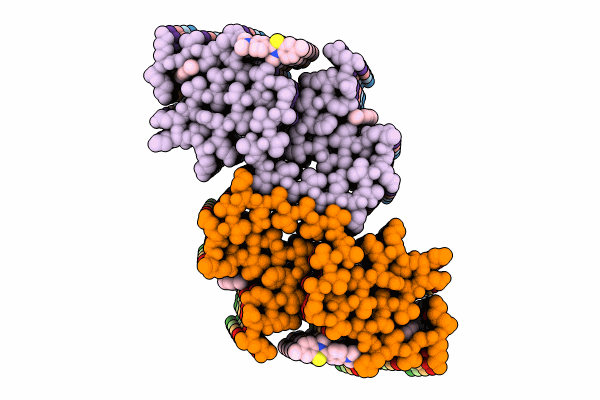
Deposition Date
2023-11-23
Release Date
2024-11-27
Last Version Date
2025-04-23
Method Details:
Experimental Method:
Resolution:
3.00 Å
Aggregation State:
HELICAL ARRAY
Reconstruction Method:
HELICAL


